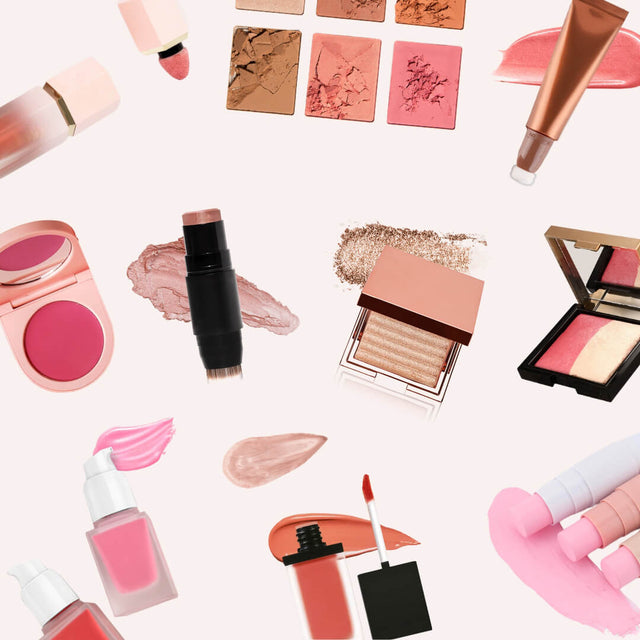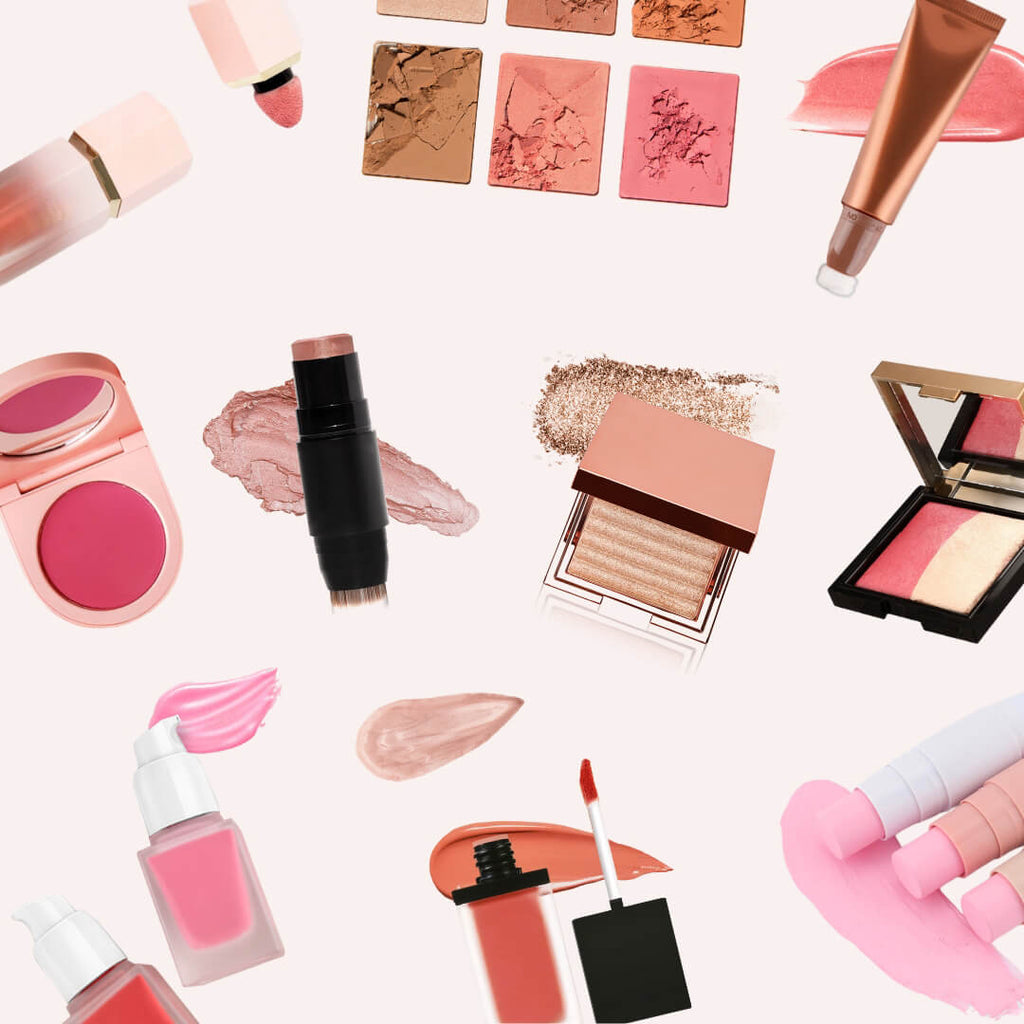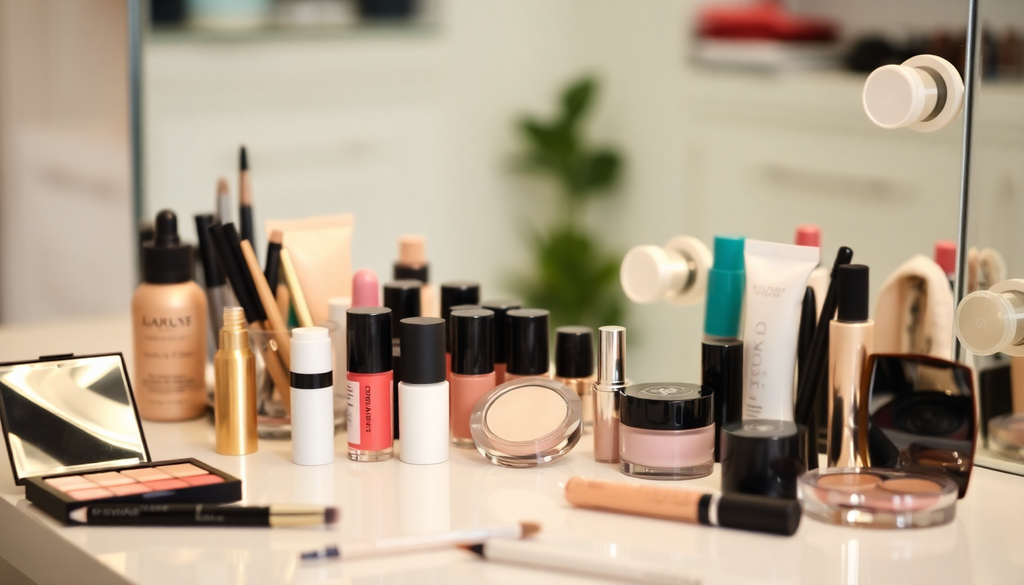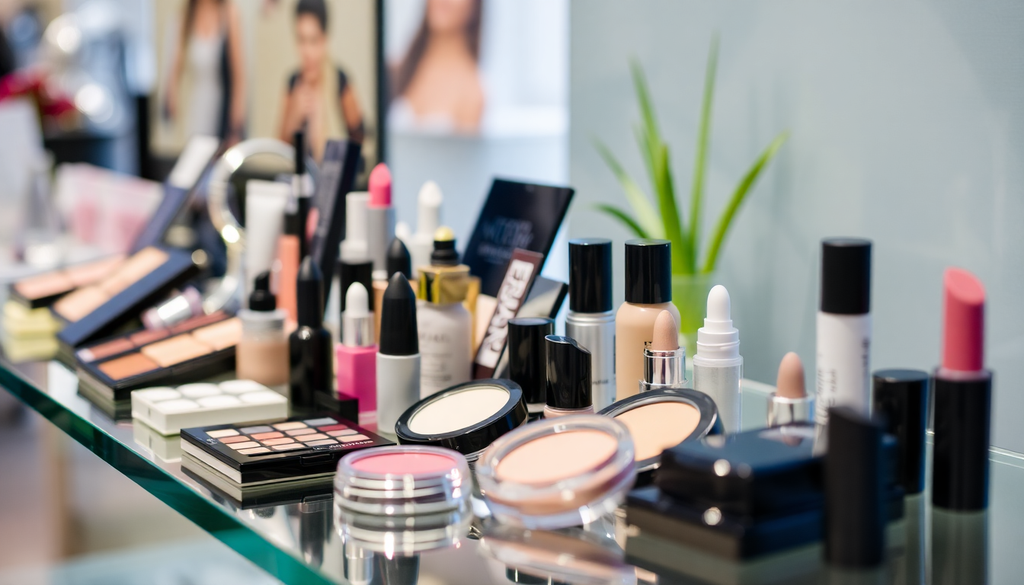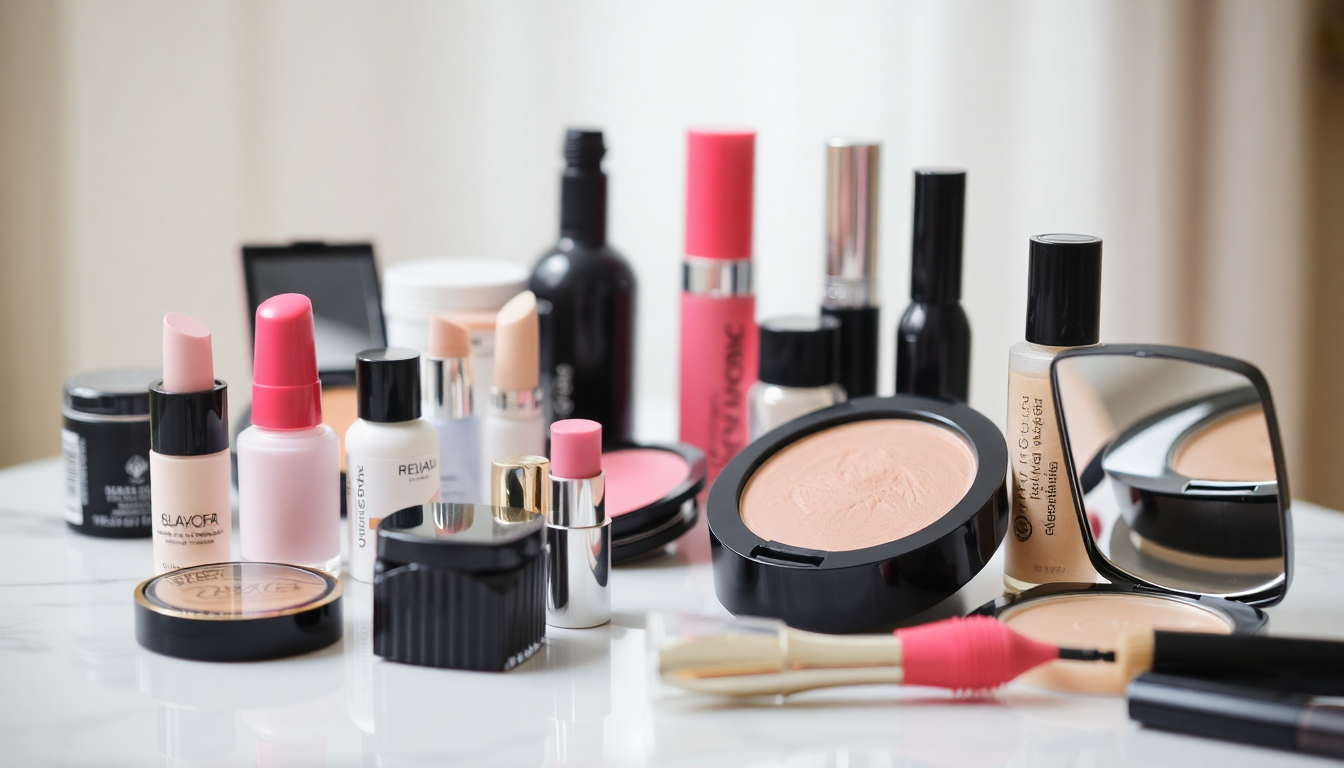
Navigating the 2025 Global Makeup Industry: Essential Steps for Launching Your Brand with Tailored Marketing Strategies and Compliance Across Key Markets
Introduction
The global makeup industry is a dynamic and ever-evolving sector that is projected to continue its growth in 2025. With consumers becoming increasingly discerning about the products they use, launching a successful makeup brand requires a comprehensive understanding of market trends, regulatory compliance, and effective marketing strategies. This article will provide in-depth insights into the essential steps for establishing your makeup brand while navigating the complexities of different international markets.
1. Understanding Global Compliance Regulations
Before you can bring your makeup brand to life, it's critical to familiarize yourself with the compliance regulations that govern the cosmetics industry. Each country has its own set of rules regarding product formulation, labeling, and safety standards. Here’s a closer look at key markets:
- United States: In the U.S., the Food and Drug Administration (FDA) oversees cosmetic regulations. It's essential to ensure that your products meet the requirements set forth in the Federal Food, Drug, and Cosmetic Act. This includes proper labeling, which must list all ingredients in descending order, and ensuring that your products are safe for use.
- European Union: The EU has one of the most comprehensive regulatory frameworks for cosmetics. The Cosmetic Products Regulation mandates that all cosmetics undergo a safety assessment before they can be marketed. You must also comply with labeling requirements, which include providing information in the language of the country where the product is sold.
- Canada: In Canada, the Consumer Product Safety Act applies to cosmetics. All products must be safe for consumers, and labels must be bilingual (English and French) with a complete list of ingredients. Additionally, you may need to notify Health Canada about your products.
- Australia: The Therapeutic Goods Administration (TGA) regulates cosmetics and requires compliance with strict labeling and safety guidelines. Ensure that your products are classified correctly, as some items may fall under therapeutic goods regulations.
- Japan: In Japan, cosmetics must be registered with the Ministry of Health, Labour and Welfare (MHLW). Familiarize yourself with their ingredient restrictions and labeling requirements to avoid any compliance issues.
2. Crafting Your Product Line
The makeup industry is heavily driven by trends, and as a new brand, you must offer products that resonate with current consumer preferences. Here are some key trends to consider while developing your product line:
- Clean Beauty: Many consumers are increasingly concerned about the ingredients in their cosmetics. Clean beauty products, which are free from harmful chemicals and toxins, are gaining popularity. Consider formulating products that use natural ingredients and avoid synthetic additives.
- Inclusive Shades: The demand for a diverse range of shades that cater to various skin tones is more prominent than ever. Ensure that your foundation and concealer lines offer a wide variety of shades to meet the needs of all customers.
- Sustainable Packaging: Eco-friendly packaging solutions are not just a trend; they are becoming a consumer expectation. Consider using recyclable or biodegradable materials for your product packaging to appeal to environmentally conscious consumers.
- Customizable Products: Offering customizable makeup options, such as mix-and-match palettes or personalized shades, can attract customers looking for unique products.
- Digital-First Products: With the rise of virtual try-ons and augmented reality applications, consider integrating technology into your product offerings. This can enhance the consumer experience and drive online sales.
3. Setting Up Your Online Store
In the digital age, establishing a strong online presence is crucial for your makeup brand. Here are the steps to set up your online store effectively:
- Choose an E-commerce Platform: Select a platform that aligns with your business needs, such as Shopify, WooCommerce, or BigCommerce. These platforms offer user-friendly interfaces and various tools to help you manage your online store.
- Design Your Website: Create an attractive website that reflects your brand's aesthetic and values. Ensure that your site is easy to navigate, with clear product categories, high-quality images, and engaging content.
- Payment and Shipping Solutions: Implement secure payment gateways that offer multiple payment options, including credit cards, PayPal, and local payment methods. Additionally, establish shipping partnerships to ensure timely and cost-effective delivery.
- Customer Support: Implement a robust customer support system, including live chat, email support, and an extensive FAQ section. Excellent customer service can significantly enhance customer satisfaction and loyalty.
- SEO Optimization: Optimize your website for search engines to improve visibility. Utilize relevant keywords, create high-quality content, and ensure your site loads quickly to enhance the user experience.
4. Tailored Marketing Strategies
Effective marketing is essential for reaching your target audience and building brand awareness. Here are tailored strategies for key markets:
- Social Media Marketing: Leverage platforms like Instagram, TikTok, and Facebook to showcase your products through engaging visuals and videos. Collaborate with beauty influencers who align with your brand values to extend your reach.
- Content Marketing: Create valuable content, such as blog posts, tutorials, and videos, that educate your audience about makeup application techniques, product benefits, and industry trends. This can position your brand as an authority in the beauty space.
- Email Marketing: Build an email list and engage with your subscribers through newsletters, promotions, and exclusive offers. Personalized email campaigns can drive conversions and foster brand loyalty.
- Local Partnerships: Collaborate with local beauty salons, spas, and retailers to increase brand visibility and credibility. Co-hosting events or workshops can also drive engagement and attract new customers.
- Influencer Collaborations: Partner with influencers who resonate with your target demographic. Micro-influencers can be particularly effective, as they often have loyal followings and higher engagement rates.
5. Navigating Import Policies
Understanding import policies is crucial for a successful launch in international markets. Here are some tips to navigate these policies:
- Research Tariffs: Investigate the customs tariffs applicable to cosmetics in your target countries. This knowledge will help you price your products competitively while ensuring compliance with local laws.
- Customs Documentation: Ensure you have all necessary documentation, including invoices, certificates of origin, and product specifications. Incomplete documentation can lead to delays and increased costs.
- Logistics Partners: Work with experienced logistics providers who understand the complexities of shipping cosmetics. They can help you navigate customs regulations and ensure timely delivery.
- Import Permits and Licenses: Some countries may require specific import permits or licenses for cosmetics. Research these requirements ahead of time to avoid any compliance issues.
6. Building an Engaging Brand Identity
Your brand identity is the foundation of your makeup business. A strong and relatable brand can resonate with consumers and foster loyalty. Here are key components to consider:
- Brand Story: Share your brand’s journey, values, and mission. A compelling brand story can create an emotional connection with consumers.
- Visual Identity: Develop a consistent visual identity, including a logo, color palette, and typography that reflects your brand’s personality. This will help establish recognition across various platforms.
- Brand Voice: Define your brand’s voice and messaging style. Whether it’s playful, empowering, or informative, a consistent voice will strengthen your brand’s presence.
- Community Engagement: Foster a sense of community among your customers. Encourage user-generated content, host events, and engage with your audience on social media.
7. Monitoring Industry Trends and Adapting
The beauty industry is constantly changing, influenced by consumer preferences, technological advancements, and cultural shifts. To stay ahead, it’s essential to monitor trends and adapt your strategies accordingly. Here are some tips for staying informed:
- Follow Industry Reports: Stay updated on market research reports and industry publications to understand emerging trends and consumer behavior.
- Engage with Beauty Communities: Participate in beauty forums, attend trade shows, and engage with industry professionals to gain insights into market dynamics.
- Utilize Analytics Tools: Use analytics tools to track website traffic, social media engagement, and sales data. This information can guide your decision-making process and help you identify areas for improvement.
Conclusion
Launching a makeup brand in 2025 requires careful planning, thorough research, and a keen understanding of the global landscape. By navigating compliance regulations, crafting a trendy product line, establishing a strong online presence, and implementing tailored marketing strategies, you can set your brand on a path to success. Embrace the challenges of the industry, stay adaptable, and continuously engage with your audience to ensure your makeup brand thrives in this competitive market.

